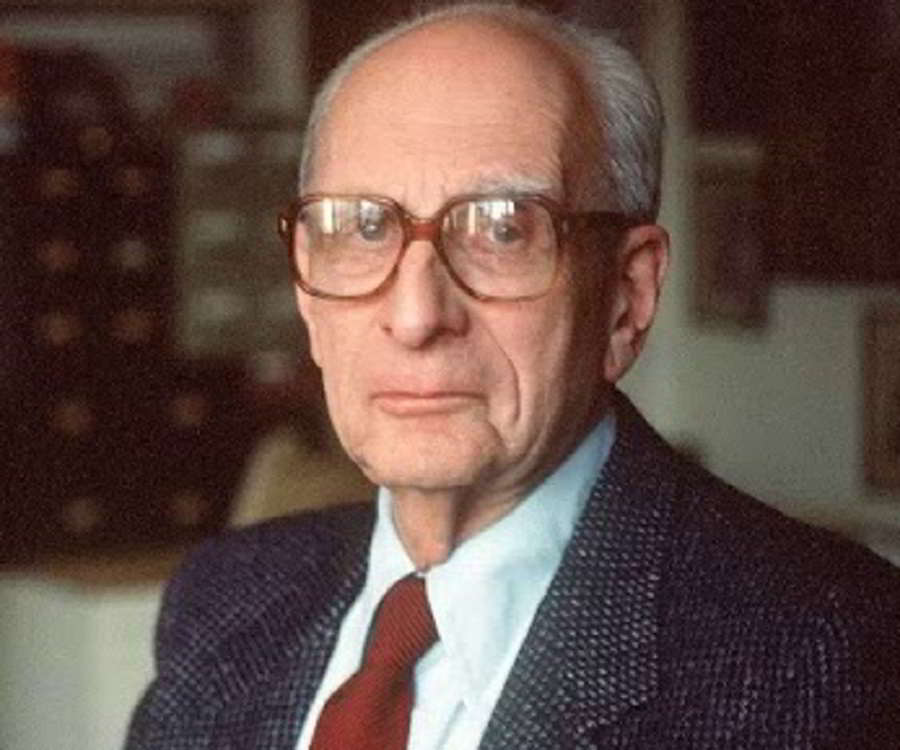- Harry M. Benshoff and Sean Griffin, in their book Queer Cinema: the film reader, elaborate three general criteria for identifying cultural products as queer. What are they?
Auters (created by queer people), forms (concerned with queer issues) and reception (embraced by queer community).
- What are "queer aesthetics"? Summarise Benshoff and Griffin's definitions in your own words.
'Camp' is considered as a queer aesthetic. It's been shown in the media by the likes of song artists like Janelle Monae and the Scissor Sisters. It's often seen as quite flamboyant, bold and exaggerated way of behaving, with their visual style being easy to recognize in the queer community.
- What reasons do the authors give for queer audiences to identify with mainstream texts?
In 1999, a show called 'Queer as as Folk' was shown by Channel 4. It recieved good reviews by the gay community and the mainstream press. The gradual increase in high profile shows staring the gay community has enabled the audience to identify with the themes in the show and become more relevant in society.
- What does Vito Russo argue about the portrayal of gays and lesbians in Hollywood films?
It has been homophobic and cruel.
- What is an archetype?
A typical example of something or someone.
- What is the Hayes code?
Moral code that introduced film censorship to the US that had the general principles:
- No picture shall be produced that will lower the moral standards of those who see it. Hence the sympathy of the audience should never be thrown to the side of crime, wrongdoing, evil or sin.
- Correct standards of life, subject only to the requirements of drama and entertainment, shall be presented.- Law, natural or human, shall not be ridiculed, nor shall sympathy be created for its violation.
- Why did some people in the gay community dislike the film "Brokeback Mountain"?
The fact the men in the film were straight acting in gay roles, barely having sex and accepting their feelings and desires is not considered a gay movie to their community.
- What was the intention of New Queer Cinema?
To challenge the idea that queer legitimacy could only come from assimilation into mainstream heterosexual society.



